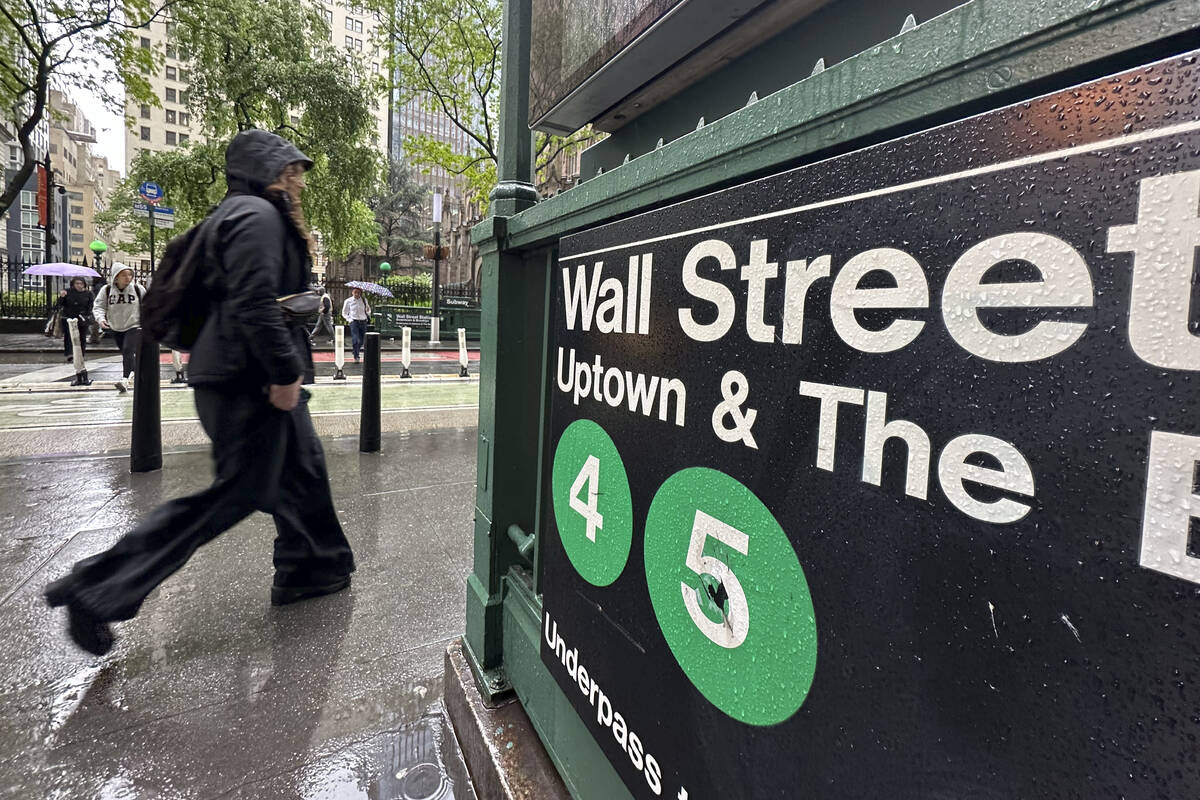COMMENTARY: New York highlights the woes of state enterprise
New York City’s subway system is an example of the woes of state enterprise. Indeed, the subways have been bad for so long that few know there was a time when they were “an engineering marvel.” It was a system in which private enterprise delivered excellent service, made money and improved the lives of New Yorkers.
Today, everyone agrees about the failures of government-run subways.
“There is no question our subways are in crisis after decades of underinvestment and inaction,” wrote New York City Comptroller Scott Stinger in a 2017 report in which he warned that riders are frustrated.
“The Metropolitan Transportation Authority,” wrote New York State Comptroller Thomas DiNapoli in a recent report, “is facing its greatest challenge in decades.” Riders, he warned, “are abandoning the system for other transportation alternatives.”
State reports, including DiNapoli’s “Financial Outlook for the Metropolitan Transportation Authority,” found New York’s state-run subways and railroads have “deteriorating service.”
However, the biggest subway problem is never mentioned in government reports. It is historical illiteracy. It is also the lack of accounting for decades of poor city and state management. It is the ignorance of how the subway system went from an engineering marvel managed on a limited basis by the private sector to a nightmare controlled by political forces. The woes result from decades of destructive government regulation of private management companies and, later, direct government operations.
Despite repeated government failures over generations, government enterprise supporters insist that only the public sector can do certain things, such as run transportation companies. The argument against private transportation companies is also an economic one. It is often made even by the supposed friends of free markets: Private lines can’t turn a profit.
Although the New York City subways were never privately owned, private transportation companies operated in the first 36 years of the subways under a franchise contract with the city. The best of the private transportation companies, the Interborough Rapid Transit Company, generated profits over the first 20 years or so of the system. From its beginning in 1904 and into the 1920s, the IRT was in the black.
For instance, in the IRT’s 1917 annual report, the transportation company reported net income of $23.2 million. That was an increase of $1.5 million over the previous year. The IRT was also a good investment. According to the annual financial report in 1917, it paid $7 million in dividends.
Even into the 1920s, when price controls and rising costs as a result of the inflation of World War I were starting to squeeze and eventually destroy profits, and when the private operators unsuccessfully sued to raise fares, the subways still made money. However, IRT officials warned that without the ability to increase the nickel fare — a fare that was quickly raised once the government took over — bad things would happen.
In the U.S. Supreme Court’s 1929 decision Gilchrist v. IRT affirming the 5-cent fare couldn’t be raised to 7 cents, court papers documented something government enterprise would never do: The IRT still made money.
“For the current fiscal year ended June 30, 1928, the figures for the first six months are available, and show a net surplus amounting to $3,687,000, which exceeds the surplus for the corresponding six months of the fiscal year before by $1,609,000,” according to the court papers.
Can anyone ever imagine a government subway or railroad generating fat profits?
Still, New York politicians continue arguing for more public “investments” through still higher taxes on riders and drivers. These include bond issues that have had bipartisan support.
In the latter were three Second Avenue transit bond issues over 50 years. Each was supposed to ensure a new Second Avenue Subway covering all of Manhattan’s east side. The history of this problem-plagued line is an expensive joke played on taxpayers. The Second Avenue Subway now operating is a shell of the original project promised in the 1940s. Three stops out of the promised 18.
The MTA, along with other government agencies running trains and other modes of transportation, should be consigned to the ashcan of history. However, this can happen only when one understands the failures of government enterprise.
Even most subway historians — who almost all argue the subways must continue under public control — agree that in the first years of the subways, private management companies were a huge success. This was a golden era for the subways..
The first subways were considered “an engineering marvel,” and New Yorkers were once enormously proud of them, wrote Robert Caro in his biography of builder Robert Moses, “The Power Broker.” That’s until price controls later destroyed them.
The first subways also made the city more livable, as detailed in the book “Tunneling to the Future: The Story of the Great Subway Expansion That Saved New York” by Peter Derrick, who worked as a government consultant.
He wrote that the first subways, run by private management companies, allowed people to move from slums near their workplaces in lower Manhattan to healthier neighborhoods. The system’s success helped clear slums. Today, the state system is a mess. Even supporters agree.
Scott M. Stringer, a former city comptroller critical of the subways but against privatization, said in his report that poor subway service hurts the area’s economy. He said losses range “from $170 million to $389 million” yearly.
There’s no hope of changing that until government enterprise, whatever form it takes, is viewed as what it is: an egregious failure.
Gregory Bresiger writes about financial and economic issues for InsideSources.com.






















